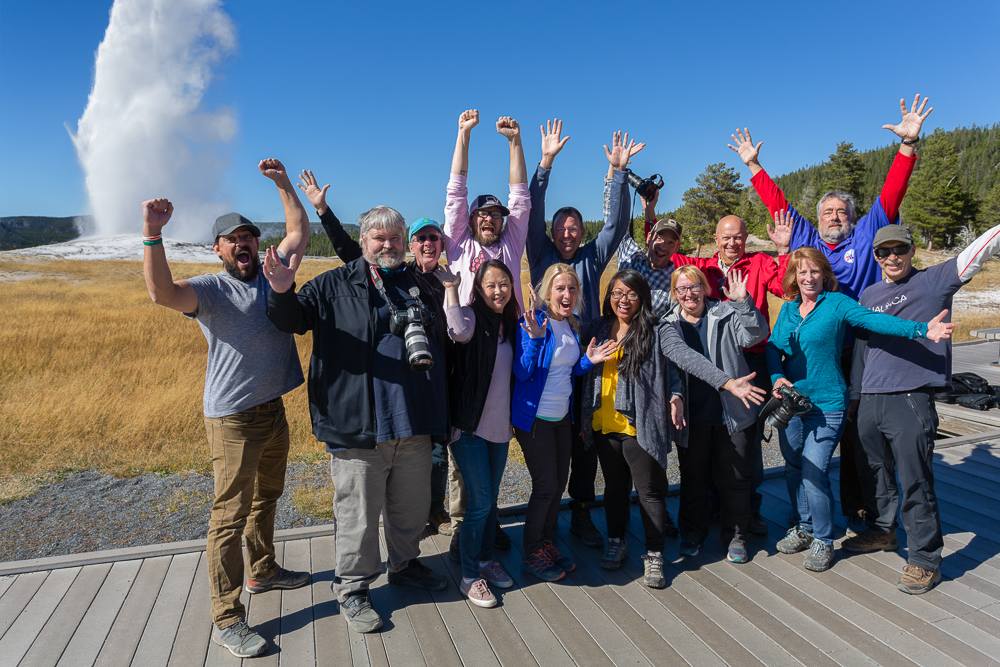
|
|
|||||
Yellowstone National Park has long held a special place in America. The oldest and probably most well known National Park, it is home to a large and diverse collection of landscape and wildlife. Landscapes in Yellowstone range from mountain passes, to vast grasslands and prairies. Yellowstone is also the largest volcano in North America. This super volcano has definite signs of activity too. Throughout the park are various geothermal features, steam vents, and geysers. There’s so much happening on the surface in Yellowstone, it’s sometimes easy to forget how much is going on underneath.
Often called the Serengeti of North America Yellowstone is home to a wide variety of wildlife. The prairies are full of grazing animals like bison, antelope, and elk. The mountains are home to bighorn sheep, and mountain goats. Every food chain needs apex predators and this park has the best of them. Grizzly Bears, wolves, and Mountain lions roam this park in search of their next meal. Yellowstone was America’s first park for a reason, and we love showing it off to groups of nature photographers!
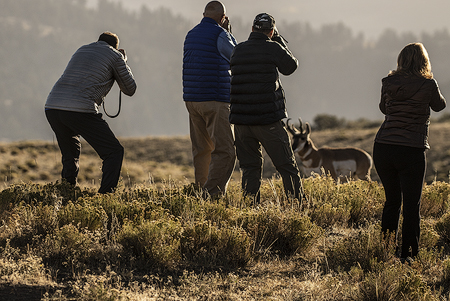 Scott Donschikowski and I met our group in Gardiner, Montana near the Mammoth Hot Springs side of the park for three days of exploration in this wonderful playground for photographers. Our days start early, and end late…so after a brief orientation on Friday night we let our group head out to get some sleep so we could be up and after it early the next morning.
Scott Donschikowski and I met our group in Gardiner, Montana near the Mammoth Hot Springs side of the park for three days of exploration in this wonderful playground for photographers. Our days start early, and end late…so after a brief orientation on Friday night we let our group head out to get some sleep so we could be up and after it early the next morning.
Being so close to Mammoth means we’re very close to the major elk herds. It’s not long after we enter the park before we’re all outside the vehicle watching the annual mating ritual of the Roosevelt elk. Large bull elk spend a great deal of energy corralling their harem of lady elk, and chasing away any rivals that might get too close to his turf. Bull elk have an enormous set of antlers that they grow and shed annually, and these antlers are at their largest and most impressive/heaviest during the rut or mating season. It’s quite a sight to behold, and the strange bugle of the elk in the early morning is always an eerie reminder of the power nature has to carry out these basic primal instincts.
The rest of our morning was spent photographing a variety of other grazing mammals…antelope, bison, and we saw some mountain goats high on a cliff side. It’s rare to see mountain goats in fall lower in elevation, but later that day we lucked out and found a mother and her calf very near to the road. It was quite a treat for our group to see these skilled mountaineers so close to the road.
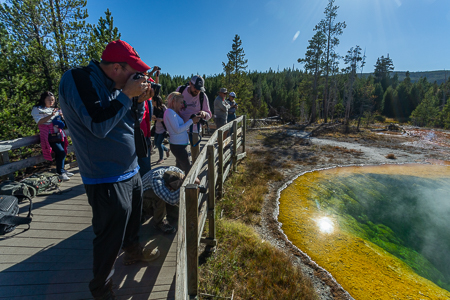 Most of our first two days are spent the same, driving long distances in search of wildlife that we can photograph. We had some great light on some antelope on of these mornings, and a large male walked very close to the road, allowing the group to get some great images that really filled the frame nicely. Scott spent some time explaining to the group the benefit of back button focus, and using auto-ISO as a way to help get the best of wildlife shooting. Using auto ISO will allow you to select the shutter speed and Aperture you need to photograph and not have to worry about making sure that last element is also correct…the camera will pick the needed ISO. Considering that most of our wildlife images are photographed with a shallow depth of field, this means all the photographer has to do is pick a fast enough shutter speed, and then shoot away. Other highlights from the first couple days included some great morning light at Tower Falls, and several chances to see buffalo up close and personal. One instance we were able to photograph these massive beasts as they passed the mountain ranges off in the distance, creating a great juxtaposition of depth.
Most of our first two days are spent the same, driving long distances in search of wildlife that we can photograph. We had some great light on some antelope on of these mornings, and a large male walked very close to the road, allowing the group to get some great images that really filled the frame nicely. Scott spent some time explaining to the group the benefit of back button focus, and using auto-ISO as a way to help get the best of wildlife shooting. Using auto ISO will allow you to select the shutter speed and Aperture you need to photograph and not have to worry about making sure that last element is also correct…the camera will pick the needed ISO. Considering that most of our wildlife images are photographed with a shallow depth of field, this means all the photographer has to do is pick a fast enough shutter speed, and then shoot away. Other highlights from the first couple days included some great morning light at Tower Falls, and several chances to see buffalo up close and personal. One instance we were able to photograph these massive beasts as they passed the mountain ranges off in the distance, creating a great juxtaposition of depth.
Our second day also included a great session for processing the images we’d gathered so far. Scott did a mini-lesson to show folks how to remove backgrounds, and other distracting elements that might also impede the viewer from enjoying the image. It was a great way for us to see the work that the group had collected thus far during the trip.
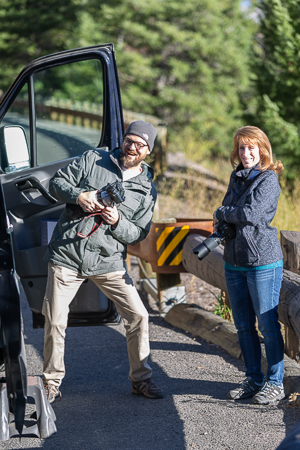 We spent our final fay looking at some of the better landscapes of the park. Our first stop was the “Grand Canyon of Yellowstone”, home to the mighty Yellowstone Falls. This waterfall is extremely impressive, and it’s hard for me to believe that this deep canyon cuts through this park. It’s just another example of how diverse this park is. Our next stop was Grand Prismatic Spring, this geothermal feature has A-MAZING colors from warm reds and yellows to amazing sapphire blues. It looks like a giant, cosmic eye from an elevated perch. We had the group hike up to a higher vantage where they could see the entirety of this awesome geothermal feature. We encouraged people to take several images that could be stitched into a large panoramic image that really showed the magnitude of this awesome location.
We spent our final fay looking at some of the better landscapes of the park. Our first stop was the “Grand Canyon of Yellowstone”, home to the mighty Yellowstone Falls. This waterfall is extremely impressive, and it’s hard for me to believe that this deep canyon cuts through this park. It’s just another example of how diverse this park is. Our next stop was Grand Prismatic Spring, this geothermal feature has A-MAZING colors from warm reds and yellows to amazing sapphire blues. It looks like a giant, cosmic eye from an elevated perch. We had the group hike up to a higher vantage where they could see the entirety of this awesome geothermal feature. We encouraged people to take several images that could be stitched into a large panoramic image that really showed the magnitude of this awesome location.
Our afternoon was spent having lunch in the old faithful lodge, and joining the masses to watch the eruption of one of the world’s most famous geysers. Even though this is about as touristy an event as you can watch…it’s still remarkable to see something so reliable and awesome. It also gives us a chance to go over some different types of settings like continuous shooting and high shutter speed….to make these images really look nice.
With our lunch and geyser fix fulfilled it was time to grab an ice cream cone and set off to see some of the other colorful pools in the area. We saw sapphire pool, and the colorful Morning Glory pool. In some of the areas around these pools one can find amazing microcosms of color and texture that make great macro shots. It was a fun way to spend our afternoon, for sure. Our final stop for the trip was close to Gardiner in the Mammoth Hot Springs terraces. This area has been active for decades, and depending on how much activity is happening below the surface it will dictate how many pools and cascades are going above ground. The colors and textures here along with the numerous skeletons of dead trees let you know that whatever is being spewed from the earth here is definitely NOT safe for human consumption. Earth is beautiful, even when its at its most destructive.
Scott and I had a great time this past week with everyone exploring the vastness that is Yellowstone. We had a lot of laughs, and saw some amazing sites. We’re really looking forward to seeing everyone’s images as they post them online and share them with the group.
Until next time,
Brian, Scott, and the rest of the Aperture Academy crew
If you'd like to join us at one of our workshops, click this link for the schedule/sign up page.
 |
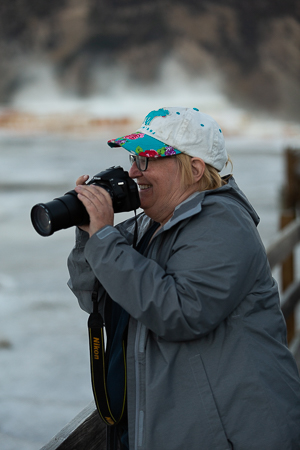 |
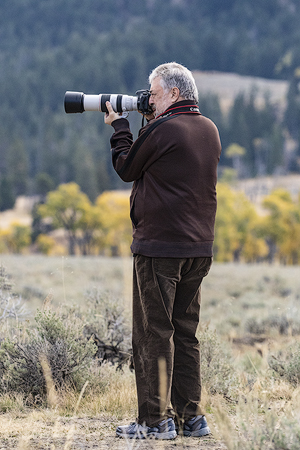 |
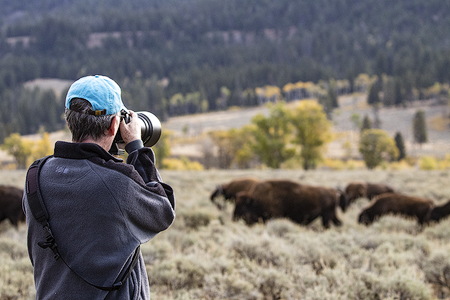 |
 |
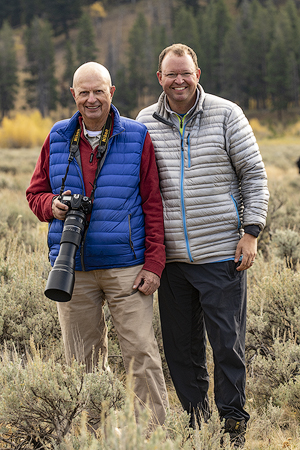 |
 |
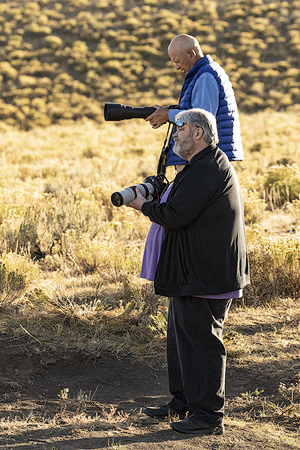 |
 |
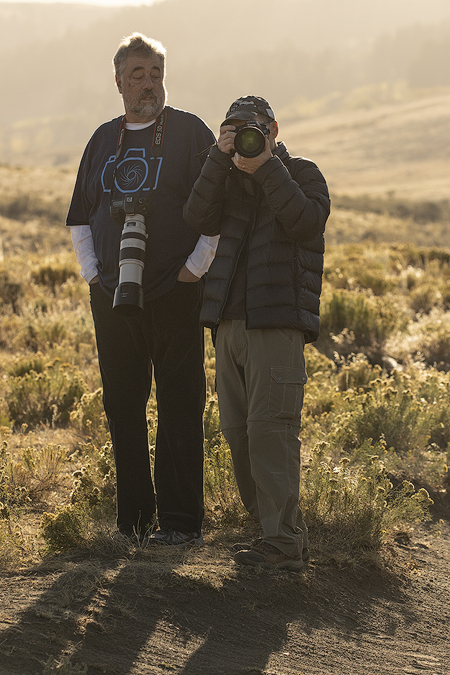 |
 |
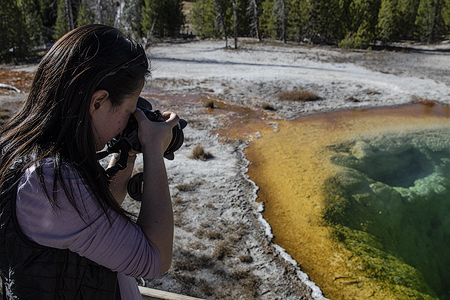 |
 |
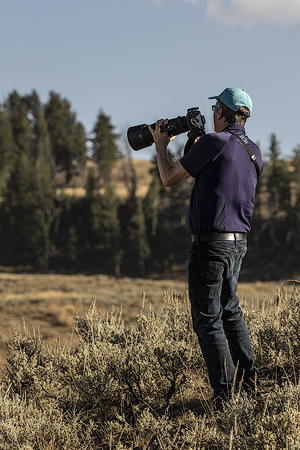 |
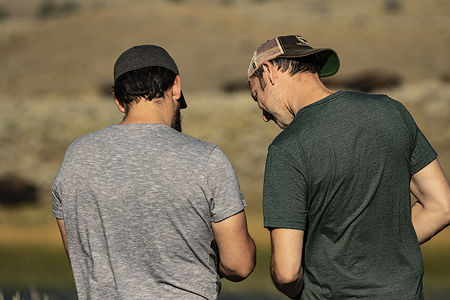 |
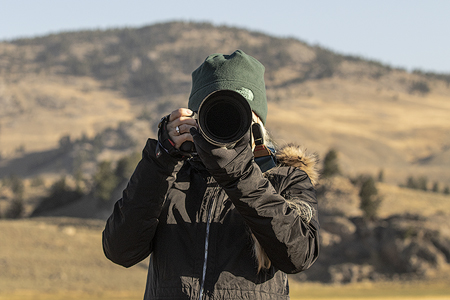 |
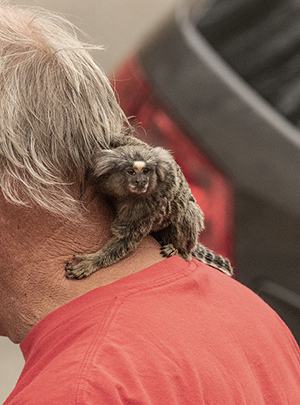 |
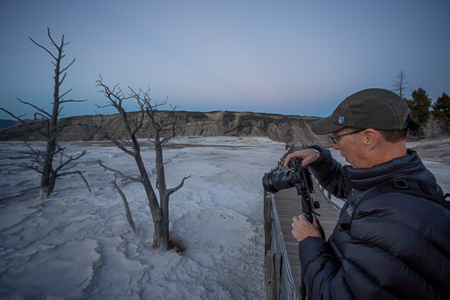 |
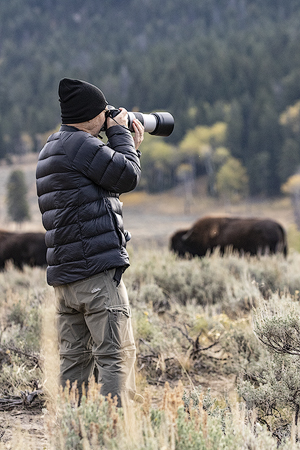 |
 |
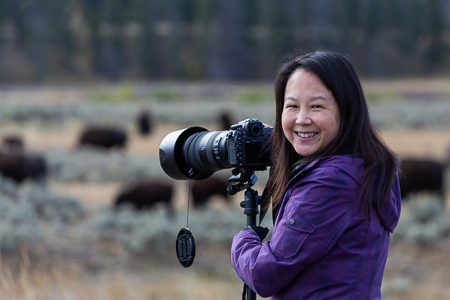 |
 |
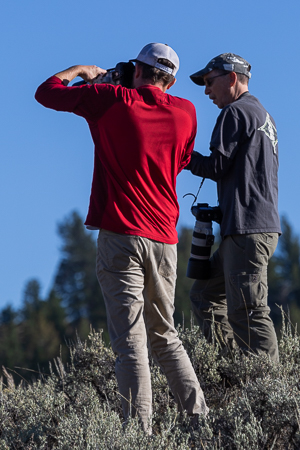 |
 |
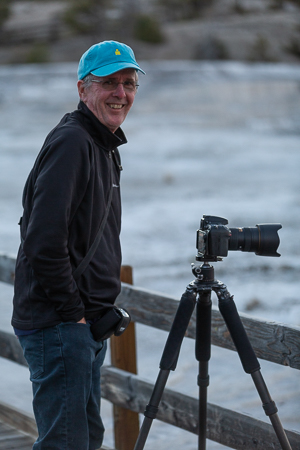 |
 |
 |
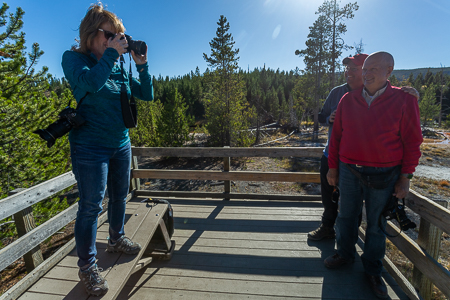 |
 |
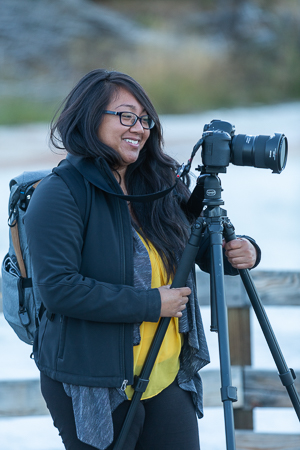 |
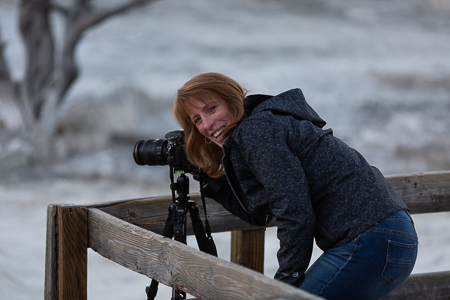 | |
|
 |
Other Cool Stuff→ Past Workshop Photos → 72dpi.com → How-To Articles → Photographer of the Month |
 |
Contact Us→ Contact Us → About Us → Site Map |
© 2009-2024 Aperture Academy, Inc.
